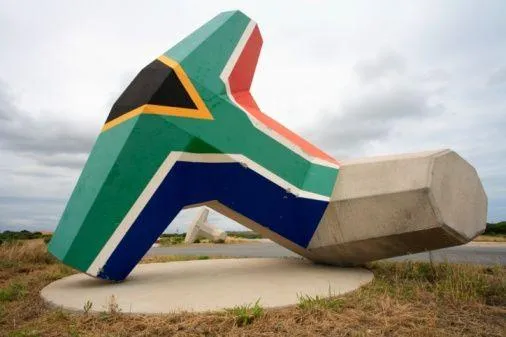6 South African inventions that changed the world

Each invention arose from local needs or ingenuity and had a global impact, from hospitals and pools to space missions and seaside ports.
Image: Brand South Africa
South Africa has quietly been the birthplace of inventions that touch our lives from hospital wards to seashores, swimming pools to the Moon.
From a life-saving imaging technique dreamed up on a Cape Town campus to an unglamorous but indispensable adhesive that travelled with astronauts, these homegrown ideas have had outsized global influence.
Here are six South African inventions, who created them, what they do, and where they’ve been used.
1. The CT (CAT) scan
The theory behind computed tomography (CT) - often called the CAT scan, was developed in part by South African physicist Allan MacLeod Cormack while working at the University of Cape Town and Groote Schuur Hospital in the 1950s.
British engineer Godfrey Hounsfield later built the first practical scanner, their combined efforts transformed X-ray data into cross-sectional images of the body, revolutionising diagnosis in neurology, trauma, oncology and countless other fields worldwide.
The technique’s global impact was recognised with the 1979 Nobel Prize in Physiology or Medicine.
2. Pratley Putty
George “Monty” Pratley developed a high-strength epoxy putty in South Africa in the 1960s.
Tough, versatile and able to set in extreme conditions, Pratley Putty earned global fame when it was carried on NASA missions, and has been credited with use aboard spacecraft for small repairs and securing components, making it arguably the only South African consumer product to have flown to the Moon.
Back on Earth it’s a household and industrial staple for repairs where a resilient adhesive is needed.
3. Kreepy Krauly swimming-pool cleaner
The automated suction pool cleaner known as the Kreepy Krauly began as a South African invention. Hydraulic engineer Ferdinand Chauvier created an automatic cleaner that used the pool’s circulation to sweep debris.
It was commercialised in the 1970s and has since been sold worldwide, becoming synonymous with effortless pool maintenance and reducing the labour and chemical use needed to keep pools clean.
4. Coal-to-liquids
Large-scale, commercial coal-to-liquids (CTL) refining - converting coal into synthetic fuels was industrialised in South Africa by Sasol.
Facing limited crude-oil access in the mid-20th century due to sanctions, South Africa developed CTL plants that supplied transport fuels and chemicals, creating an industry model that has since been studied and adapted in other energy-security contexts worldwide.
Sasol’s technology later expanded into gas-to-liquids and influenced global approaches to alternative fuel production.
5. The first human heart transplant
On December 3, 1967 Dr Christiaan Barnard at Groote Schuur Hospital in Cape Town performed the world’s first successful human-to-human heart transplant, implanting a donor heart into Louis Washkansky.
While the patient died weeks later of infection complications, Barnard’s operation marked a pivotal moment in surgical medicine and accelerated advances in organ transplantation, immunosuppression and cardiac surgery that have since saved millions of lives around the globe. The breakthrough put South African surgical skills on the world stage
6. Dolosse
Dolosse - those heavy, oddly shaped interlocking concrete blocks, were developed in the 1960s to protect breakwaters and harbours from powerful waves.
Credited largely to East London harbour engineer Eric Mowbray Merrifield (with contributions from colleagues and contested claims by others), dolosse can be “sprinkled” into place and dissipate wave energy without precise placement.
They have been used on coasts worldwide to protect ports, marinas and shorelines, proving a cost-effective coastal-defence innovation born in South Africa.
IOL Lifestyle
Related Topics: